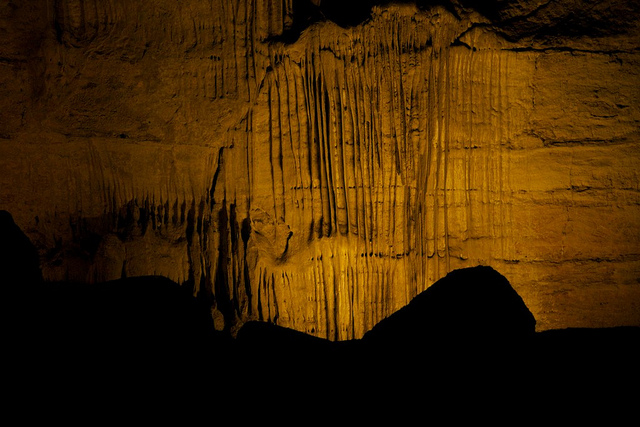Small rise in global temperatures could thaw permafrost
Ars Technica » Scientific Method 2013-02-25

Evidence from caves in Siberia indicates that a global temperature increase of 1.5° Celsius may cause substantial thawing of a large tract of permanently frozen soil in Siberia. The thawing of this soil, known as permafrost, could have serious consequences for further changes in the climate.
Permafrost regions cover 24 percent of the land surface in the northern hemisphere, and they hold twice as much carbon as is currently present in the atmosphere. As the permafrost thaws, it turns from a carbon sink (meaning it accumulates and stores carbon) into a carbon source, releasing substantial amounts of carbon dioxide and methane into the atmosphere. Both of these gasses enhance the greenhouse effect.
By looking at how permafrost has responded to climate change in the past, we can gain a better understanding of climate change today. A team of international researchers looked at speleothems, such as stalagmites, stalactites, and flowstones. These are mineral deposits that are formed when water from snow or rain seeps into the caves. When conditions are too cold or too dry, speleothem growth ceases, since no water flows through the caves. As a result, speleothems provide a detailed history of periods when liquid water was available as well as an assessment of the relationship between global temperature and permafrost extent.
Read 4 remaining paragraphs | Comments